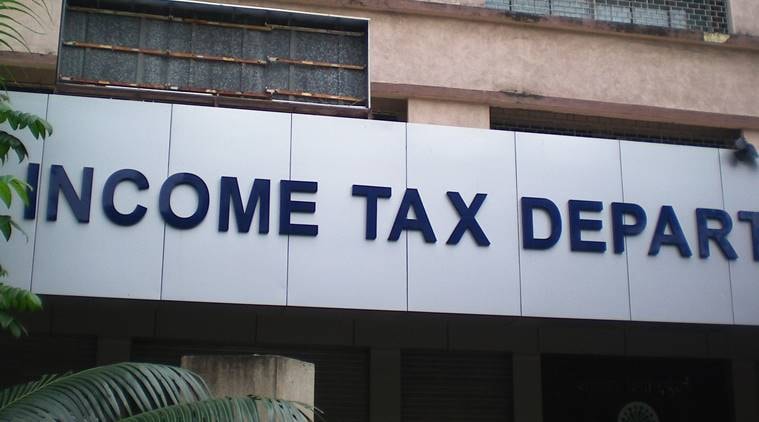Reduction in PF contribution
With a view to bring contribution under Employees’ Provident Funds and Miscellaneous Provisions (EPF & MP) Act, 1952 to be paid by employer and employee at par with other savings instruments like the National Pension System, Contributory Provident Fund etc., an agenda item for lowering the rate of contribution from the present 12 per cent to 10 per cent was deliberated in the 218th meeting of the Central Board of Trustees (CBT), Employees’ Provident Fund (EPF) held on 27.05.2017. All employees’ and...
Read More ->>















 →
→











